Keystone Home Loan First-Time Homebuyer Assistance Programs
Keystone Home Loan: Your Roadmap to Buying a Home in Pennsylvania
Buying your first house can feel like standing at the foot of a mountain—thrilling, yet daunting. The Keystone Home Loan, a flagship initiative from the Pennsylvania Housing Finance Agency (PHFA), hands you the right gear and map. Within this guide, you’ll learn the program’s ins-and-outs, eligibility rules, interest rates, and application tips so you can summit that home-buying peak with confidence.
What Is the Keystone Home Loan Program?
Launched to widen the doorway to homeownership, the Keystone Home Loan program offers low, fixed-rate mortgages for qualified Pennsylvanians. Backed by PHFA bond funds, the loans are serviced in-house, keeping customer support local. Borrowers can combine the mortgage with closing-cost or down-payment assistance, turning the perennial “How do I afford a down payment?” question into a solved equation.
Unlike some state programs that vanish the moment rates climb, PHFA evaluates bond sales regularly, giving Keystone loan rates room to stay competitive even when market winds shift—a strategic advantage for buyers shopping in volatile conditions.
Why Did Pennsylvania Create the Keystone Home Loan?
Home prices across the Commonwealth jumped roughly 44% between 2019 and 2023, according to FHLB Pittsburgh data. Wage growth hasn’t kept the same pace, which squeezes first-time buyers. The Keystone mortgage program adds elasticity back into household budgets by:
- Offering interest rates that trend 0.25–0.50 percentage points below prevailing conventional rates.
- Allowing smaller down payments (as low as 3%) without the sky-high mortgage insurance premiums often attached to private loans.
- Capping fees—origination, underwriting, and servicing—so they stay predictable rather than ballooning.
The result? More families plant roots, stabilize neighborhoods, and contribute to Pennsylvania’s tax base. It’s economic development wrapped in a mortgage.
Am I Eligible for a Keystone Home Loan?
PHFA keeps rules straightforward, yet a few numbers matter. Scan the checklists below before sending in an application.
Income & Purchase Price Limits
Income ceilings vary by county and household size. For example, a family of three buying in Allegheny County must earn below approximately $105,000, while a two-person household in Centre County tops out near $91,500. Purchase price limits range from about $375,000 to $481,000—a range designed to embrace starter homes and modest move-ups rather than luxury estates.
First-Time vs. Repeat Buyers
Here’s a surprise twist: you don’t always have to be a first-timer. In “target” census tracts (areas needing economic revitalization), prior homeowners can still qualify if they meet the other guidelines. Everywhere else, you must not have owned a principal residence in the past three years.
- Credit score: Minimum 660 (though 680+ opens better PMI options).
- Debt-to-Income (DTI): Generally 45% max.
- Homebuyer education: Required unless you put 20% down.
- Property types: 1-2 unit primary residences, approved condos, & some manufactured homes.
How Much Can I Borrow With a Keystone Home Loan?
Borrowing power follows FHA, VA, USDA, or conventional conforming loan limits—yes, you can pair the Keystone program with all four mortgage “flavors.” In 2024, that means up to $498,257 for a one-unit property in most counties, and more in high-cost areas. However, PHFA’s purchase-price caps will be the real governor for many borrowers.
Remember, you’ll also have to layer on any assistance you use. For instance, pairing Keystone with the PHFA K-FLEX zero-interest second mortgage can bump your total financing stack by an extra $6,000–$10,000.
Interest Rates & Fees: What Can You Expect?
PHFA publishes daily rates on its website, and lenders must honor those numbers—no mysterious mark-ups. As of this writing, Keystone Home Loan thirty-year fixed rates hover around 6.00% APR, roughly 40 basis points under comparable conventional loans. Average closing costs land near 3% of the purchase price, but a sizeable chunk can be financed with PHFA’s closing-cost assistance.
Case in point: Sarah, a Harrisburg teacher, locked at 5.875% on a $215,000 townhouse when market rates were 6.375%. Her monthly payment landed $65 lower, adding up to $780 a year. She used those savings to max out her classroom supply budget instead of sacrificing it, creating a ripple of community benefit beyond her new front door.
Step-by-Step: The Keystone Application Journey
- Pick an approved lender. Not every bank participates. PHFA lists partners; interview at least two for fee clarity.
- Secure a pre-approval. Provide pay stubs, W-2s, and credit consent. The lender screens for income caps and credit thresholds.
- Complete homebuyer education. Online modules can be finished in an evening; certificate lasts two years.
- House hunt. Submit offers contingent on Keystone financing. Explain to your agent that PHFA has a 40-day average closing timeline.
- Sign PHFA disclosures. Slightly thicker than standard, but much friendlier than federal forms loaded with jargon.
- Underwriting & appraisal. Lender sends your file to PHFA for a second review—think of it as a built-in quality check.
- Clear to close. You’ll sign two notes (first mortgage and any assistance), then grab the keys.
Advantages & Trade-Offs
| Pros | Cons |
|---|---|
|
|
Pennsylvania-Specific Strategies to Strengthen Your File
1. Tap Act 137 funds. Many counties collect a small recording fee that pools into down-payment grants worth $3,000–$5,000. Ask your settlement company about availability.
2. Layer utility rebates. PECO, Duquesne Light, and PPL offer energy credits for upgrades within the first year. Fold projected savings into your budget to feel comfortable stretching slightly higher on price.
3. Leverage seasonal inventory. Pennsylvania listings spike after Groundhog Day but slow in July when humidity climbs. Submitting offers mid-summer often yields fewer bidding wars—an ideal window for a Keystone borrower who needs 40 days to close.
Is There a Catch? Dispelling Common Myths
Myth #1: “Government loans take forever.” Fact: PHFA’s median processing time is 23 business days, comparable to large banks on conventional files.
Myth #2: “I’ll be stuck in the loan for 30 years.” Reality: You can refinance or pay off anytime without penalty, freeing you to chase lower rates later.
Frequently Asked Questions
Can I use the Keystone Home Loan on a duplex?
Yes—two-unit properties qualify provided you’ll live in one unit. Rental income may count toward DTI if documented for 12 months.
Does PHFA offer forgivable down-payment assistance?
The K-FLEX second mortgage is zero-interest, but it is repayable. Some counties layer grants that are forgiven after five years.
What credit score do I need for a Keystone mortgage?
660 is the minimum, but 680+ avoids a pricing hit. Lenders may overlay stricter scores for manufactured homes.
Can I combine Keystone Home Loan with VA benefits?
Absolutely. Eligible veterans can pair a 0% down VA first mortgage with PHFA oversight to receive the same below-market rate.
Is mortgage insurance required?
Yes on loans above 80% LTV unless you’re using VA. Premiums align with standard agency MI factors, but the lower rate offsets them.
How long are interest-rate locks?
PHFA allows 60-day locks without additional cost, enough for most purchases. Extensions run about 0.125 points per week.
Your Next Step Toward Homeownership
The Keystone Home Loan program transforms Pennsylvania’s sprawling real-estate terrain into a navigable path for first-time and repeat buyers alike. By marrying below-market rates with flexible assistance, PHFA turns “maybe someday” into “offer accepted.” If you’re ready to make that leap, our licensed advisors specialize in guiding Keystone clients from pre-approval to move-in day. Reach out for a free eligibility check, and let’s map your journey home.
Suggested URL slug: /blog/keystone-home-loan-guide-pa
Explore More Blog Posts
Checkout more similar posts those will help you to choose better property.

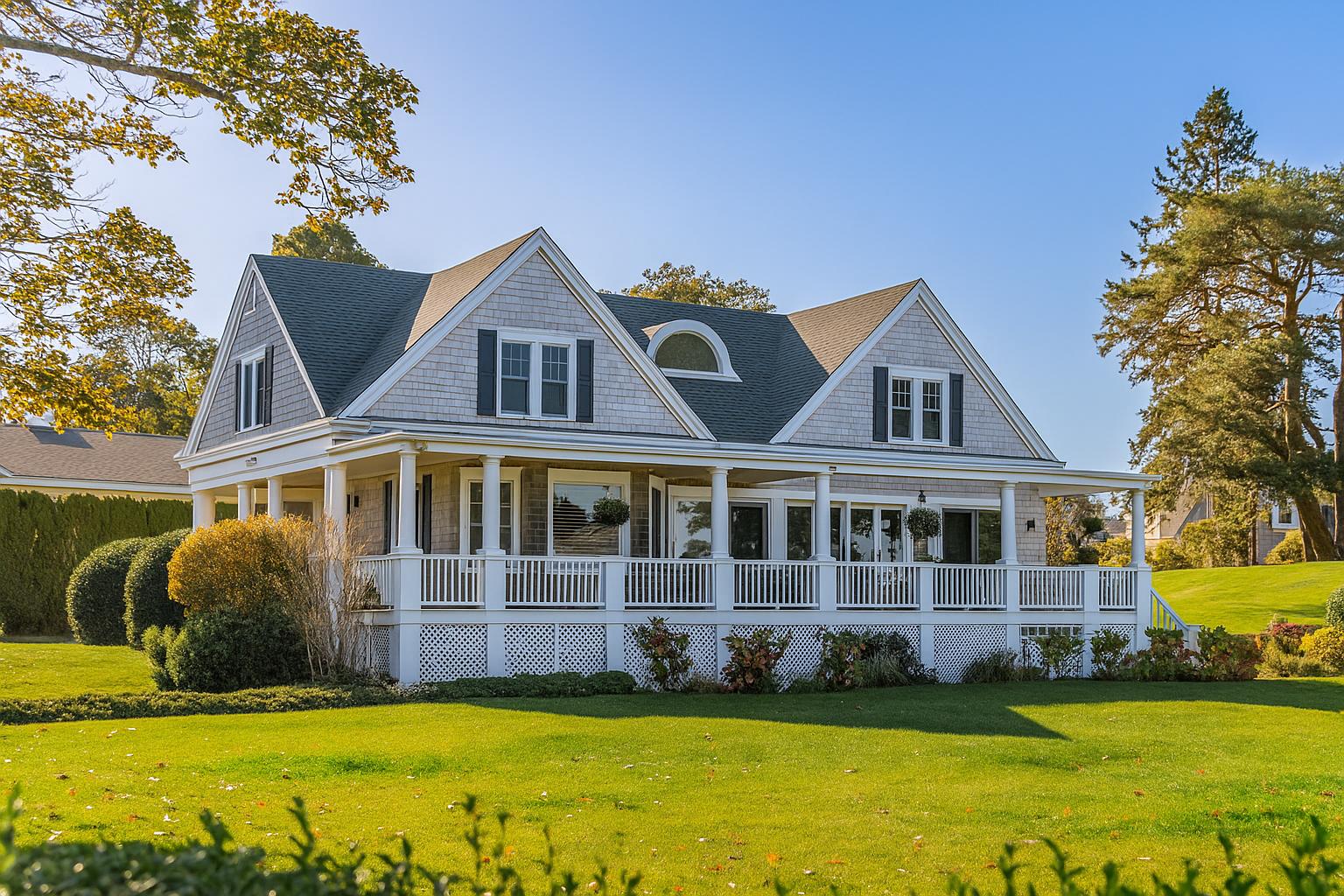
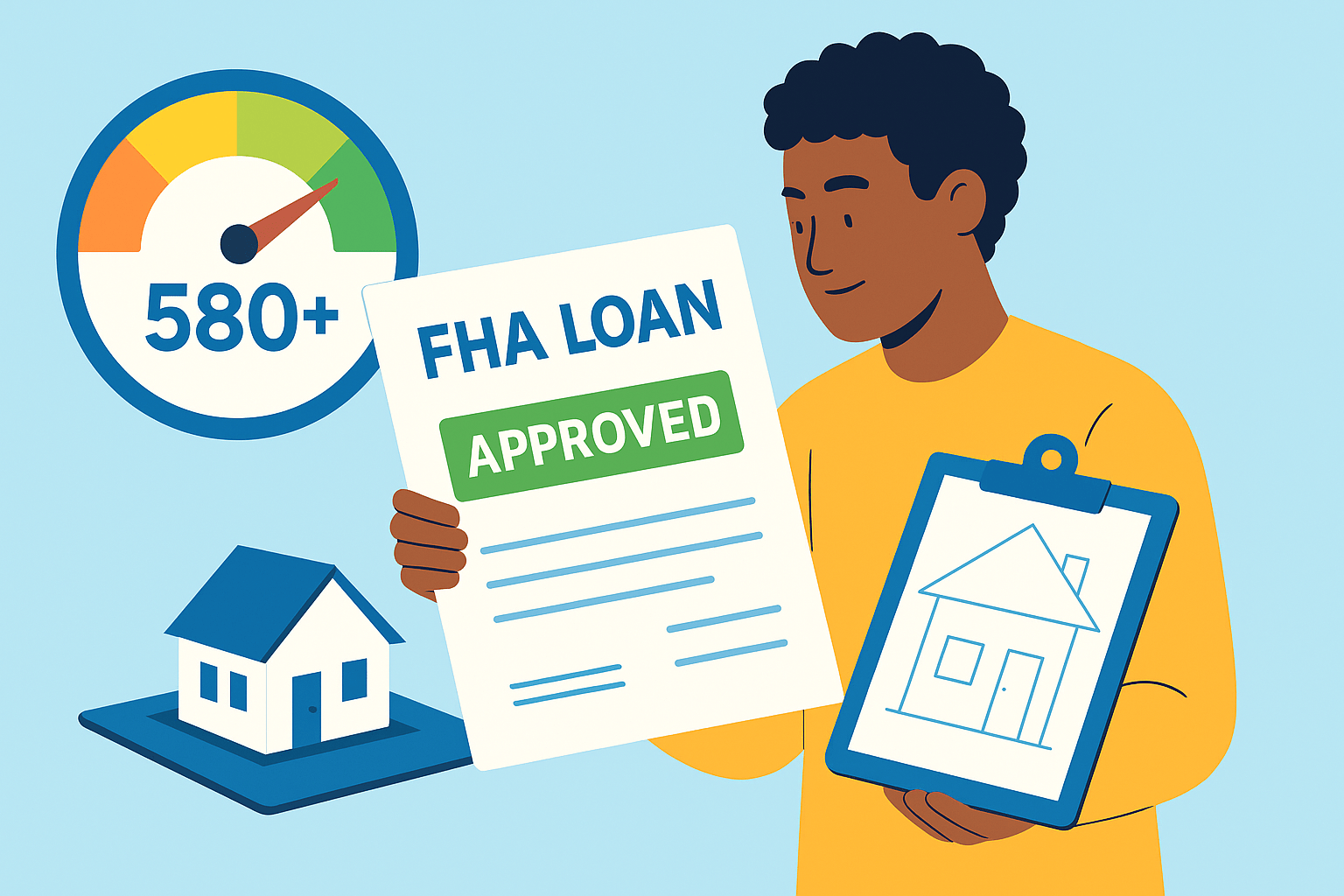
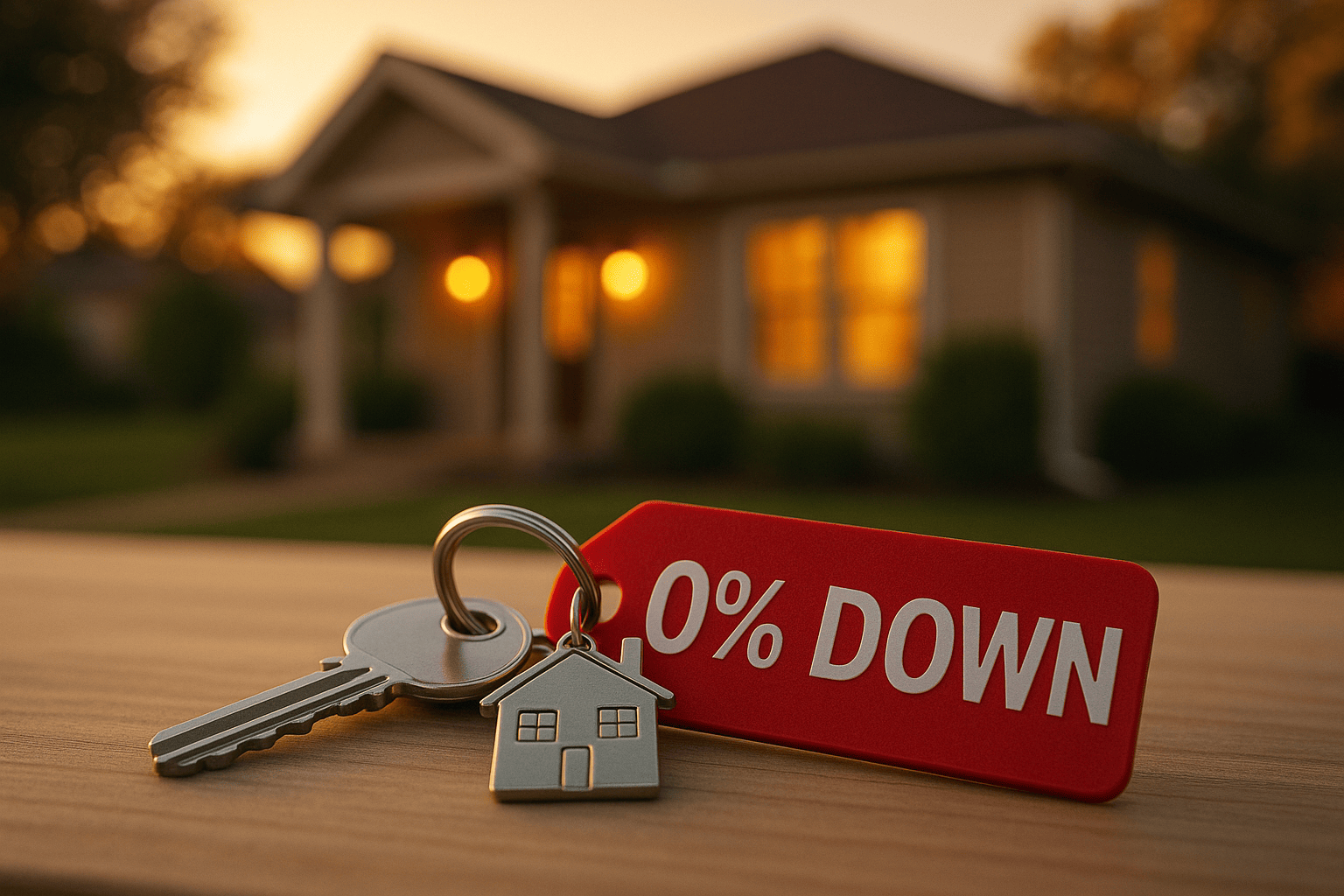




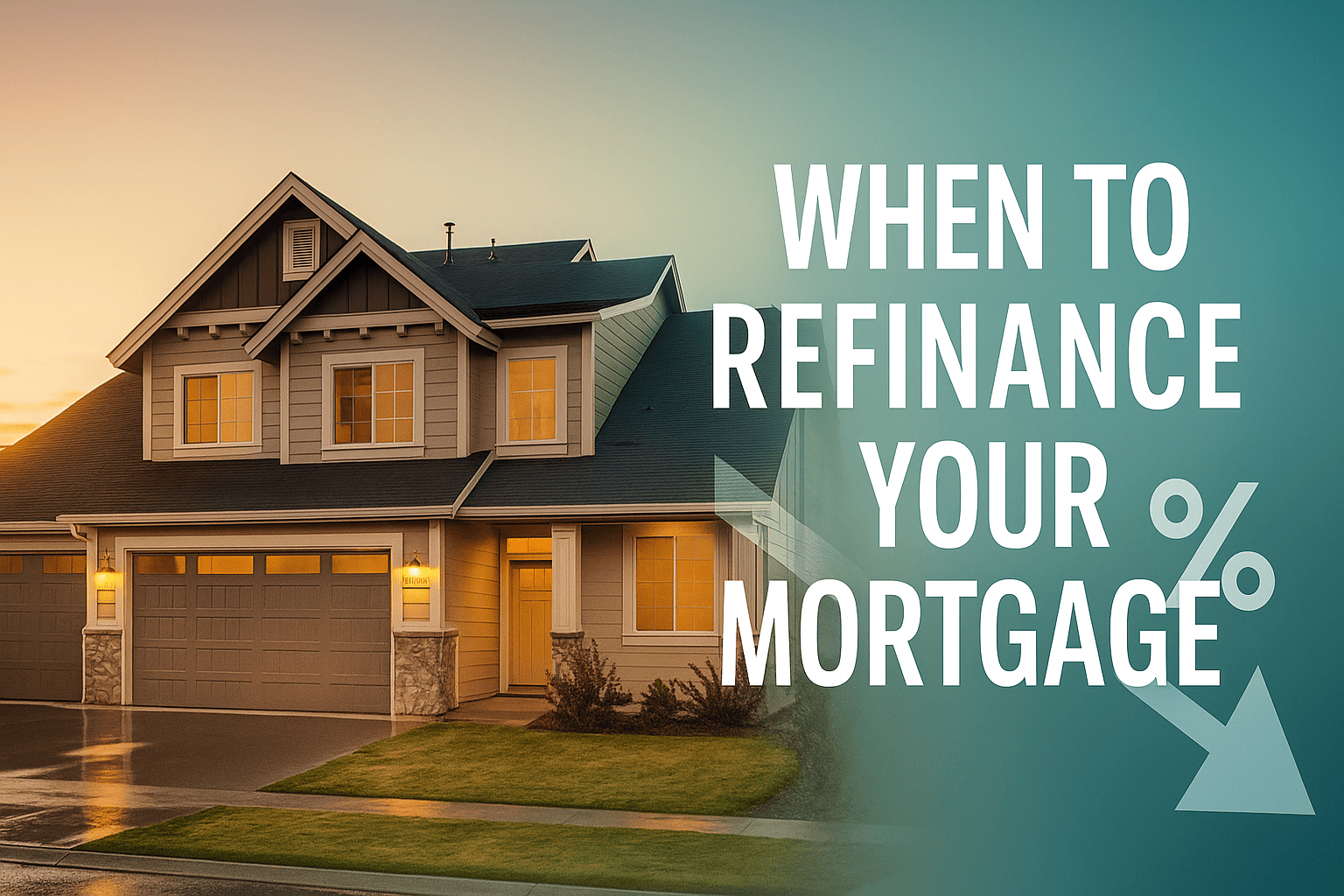
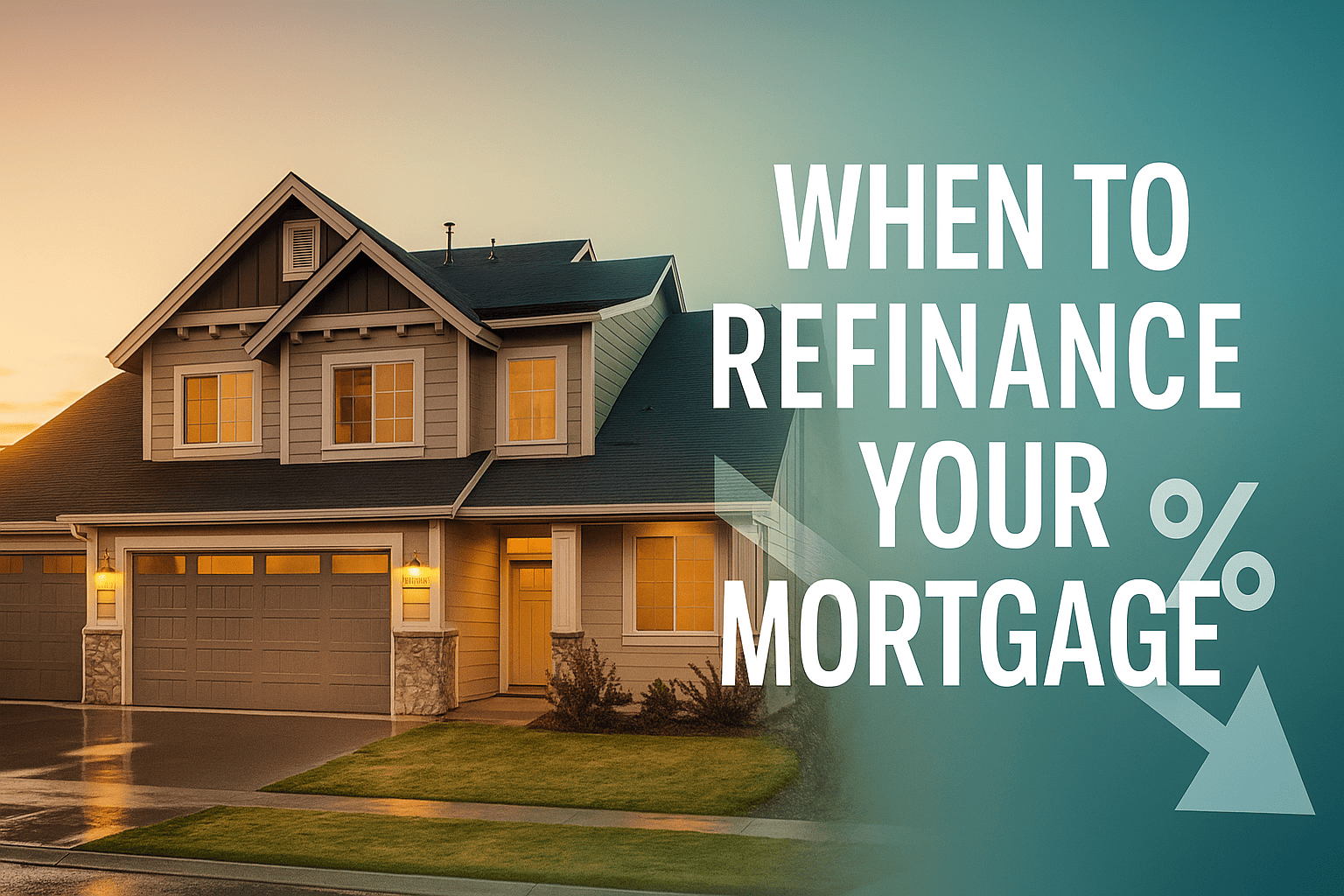


 Profile
Profile Password
Password Saved Properties
Saved Properties Sign Out
Sign Out
 +0.01
+0.01
 -0.15
-0.15

